2778
Iterative vs Incremental Development: An All-Inclusive Comparison
05 May, 2023
4 min read
2778
05 May, 2023
4 min read
Table of Content
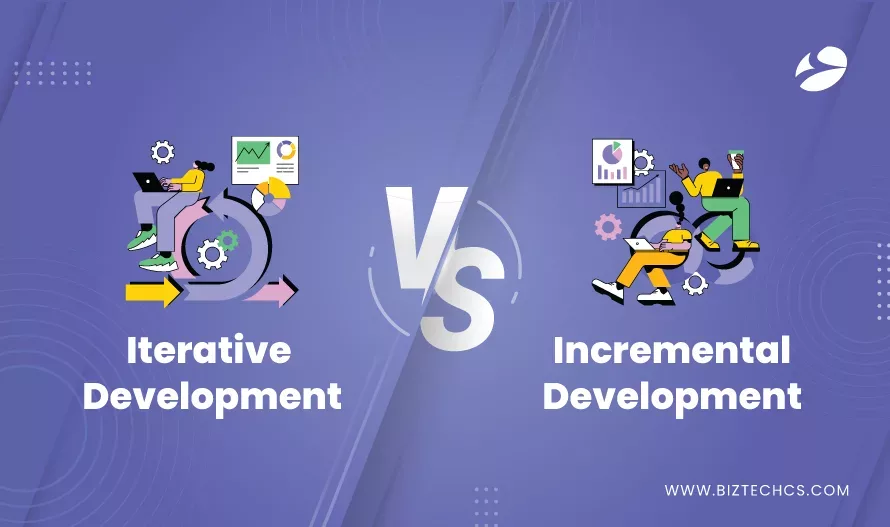
The fate of your project depends largely on the type of development chosen. It can affect the development cycle, product quality, development speed, and so on. In today’s competitive market, if your development method isn’t full-proof, you may lose time and money.
In this respect, you might have heard of the most sought-after methodology ‘Agile.’ Did you know that projects using Agile development see about a 64% success rate, as per reports? They are about 1.5x more successful than Waterfall projects.
If you have heard of Agile, you might have heard of Iterative vs. Incremental: the two development methodologies combinedly used for Agile. And if you are confused about how they work and how they are different from one another, this blog is for you.
It will also make it easier to work with a web development company as you will be better informed about the development methodology used.
In iterative development, you can break the entire development cycle of a large product into smaller chunks. Here, each iteration represents a repeat cycle where the design, development, and testing of elements are performed.
Here, the development starts with the basic idea that you have in mind. It is a feedback-based model, where each iteration is a better version of the previous one based on feedback. And as you move from one iteration to another, you build upon it.
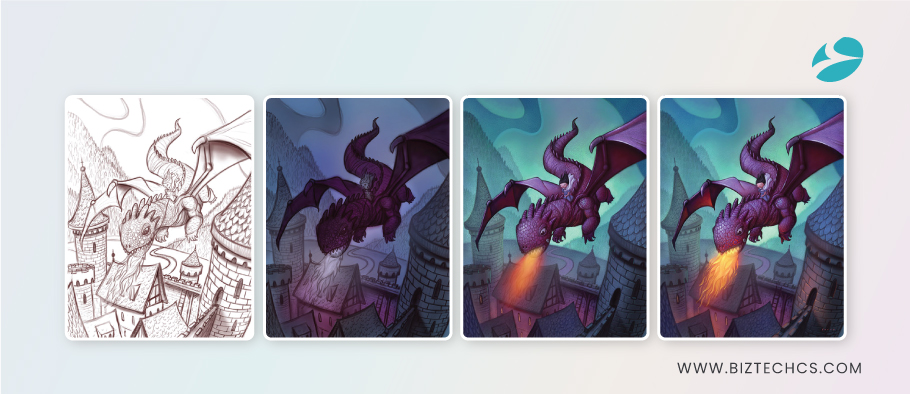
If you are developing an eCommerce website, the first iteration will include all primary functions, such as user profiles, a checkout page, a shopping cart, favorites, and customer reviews. After these functionalities are designed, developed, and tested, feedback is collected.
Based on the feedback, you improvise the various eCommerce features. Again, the software is developed and tested, and feedback is collected. This is how iterative development works until you get a refined product.
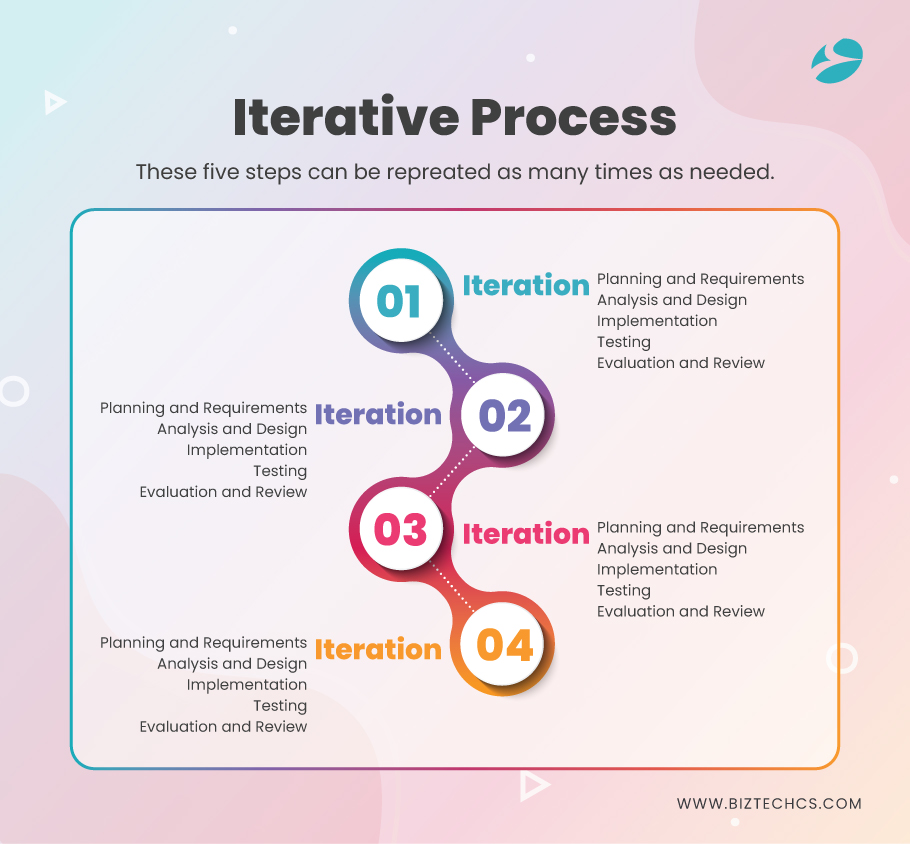
The Incremental development model visualizes the end product from the get to. Then, the project is divided into multiple parts that are developed separately, piece by piece. Meaning at the end of each phase, you will get a functional product that does not need to be reviewed any further.
The next subsection will include more user-visible functionalities. The delivery of the final product is only possible after all the sections are finished developing.

When developing an eCommerce store using this process, you envision the final product with all the necessary features. It can be search filters, product pages, a shopping cart, customer reviews, customer support, etc.
Then, you divide the entire project into multiple parts; where the first part contains basic functionalities, and you add more advanced features with each section. For instance, you can build the product page, cart, and checkout pages in the first phase.
Whereas the second phase will include tasks like adding products to the wishlist, sharing with friends, checking customer reviews, etc.
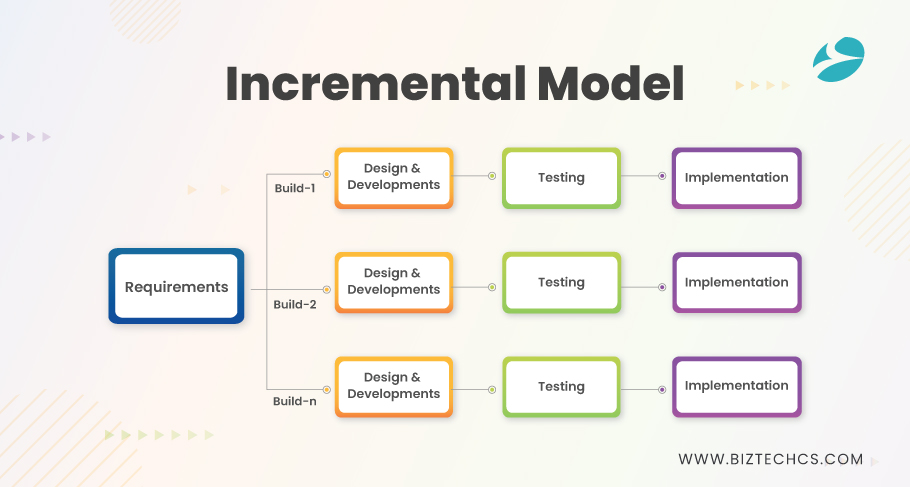
Like iterative development, the project is divided into multiple chunks and developed separately here. However, the various builds aren’t developed simultaneously but in order. The first build will include all basic functionalities, and the second will have added features and functionalities.
After the requirement is analyzed, the product is divided into multiple builds. In the incremental development model, each build consists of the following three steps:
These pros and cons of Iterative and Incremental development should help you understand the places where they can be used. Now, you don’t always need to compare incremental vs. iterative and find the best amongst the two.
Few projects might use both! You might have heard of agile methodology using incremental and iterative development. In Iterative and Incremental development in Agile, the project is divided into multiple sprints (much like the Iterative approach). Just that the iterative approach uses iterations, and the agile approach uses sprints. Another Agile iteration vs. sprint difference to note!
However, it is assumed to be successful only if a valued work product is obtained. That’s one of the key differences between Agile vs. Iterative.
Read Also: A Layman’s Guide to Agile & Scrum
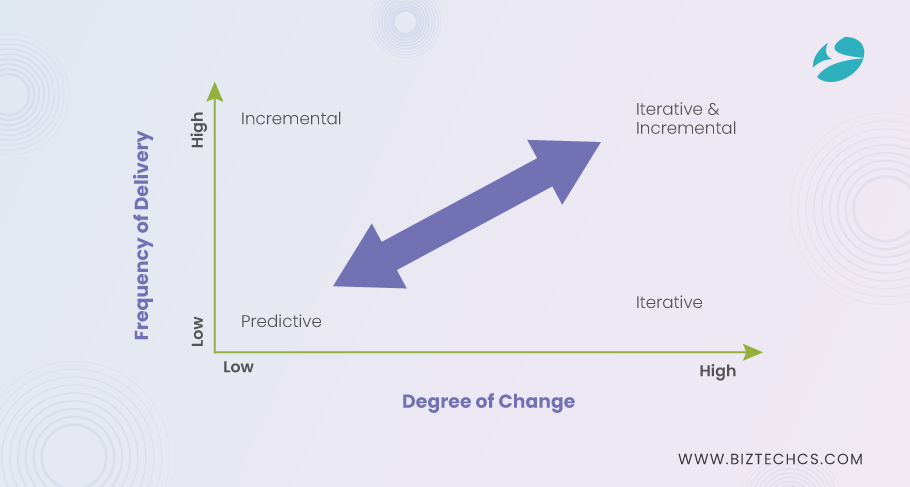
To further help you understand the key differences between the two development methods, I have created the table below.
| Iterative | Incremental | |
|---|---|---|
| Approach | Here, the product is developed in multiple iterations. So, the product wireframe is created in the multiple first iterations and then revised for quality/ feature improvements. | Here, the entire product is built piece by piece. So, until and unless you reach the last build, the product won’t be ready. |
| Error Identification | Each iteration is a complete variation of its own. Thus, error identification and rectification become simpler. | Even though each sub-part is developed independently and tested, there may still be errors after the final assembly. It makes it impossible to identify errors from the beginning. |
| Product Quality | Numerous cycles are needed to get a quality product. | The number of cycles is comparatively less. |
| Completion Time | You can finish development in a little time. | The incremental delivery in agile takes longer to finish a project. |
| Costs | If the number of iterations is huge, the project’s cost will increase. | The development and testing are done in one iteration mostly and are cost-effective. |
| User Engagement | More engagement with users as feedback is collected after each iteration. | User engagement is less comparatively as feedback is received periodically. |
| Risk Mitigation | Since every iteration is tested, risks are identified and resolved in time. | The complete product takes longer to develop. Thus, more possibility of risks in the later stages. |
| Adaptability | You can easily deal with unexpected changes in project requirements in the next iteration. | Since it follows a rigid process, the entire software development lifecycle can be delayed. |
The development method you choose can define the ease or difficulty you will face during the entire SDLC. Thus, it is best to learn about the ins and outs of Iterative vs. Incremental development I have mentioned here.
It should help you decide the best approach to your software development. And in case you are looking for a technical team that can handle it seamlessly, we’re happy to help. Our team excels in software development using agile methodologies (both incremental and iterative). Connect with us to know more.
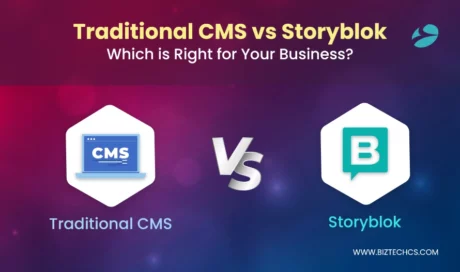
Storyblok
27809
By Devik Gondaliya
02 Apr, 2025

Storyblok
28757
By Devik Gondaliya
01 Apr, 2025
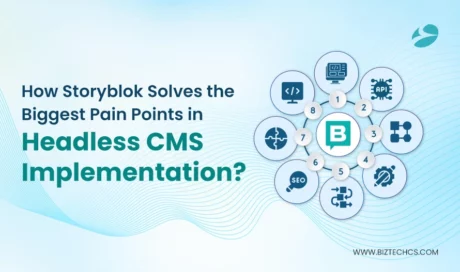
Storyblok
29437
By Devik Gondaliya
27 Mar, 2025